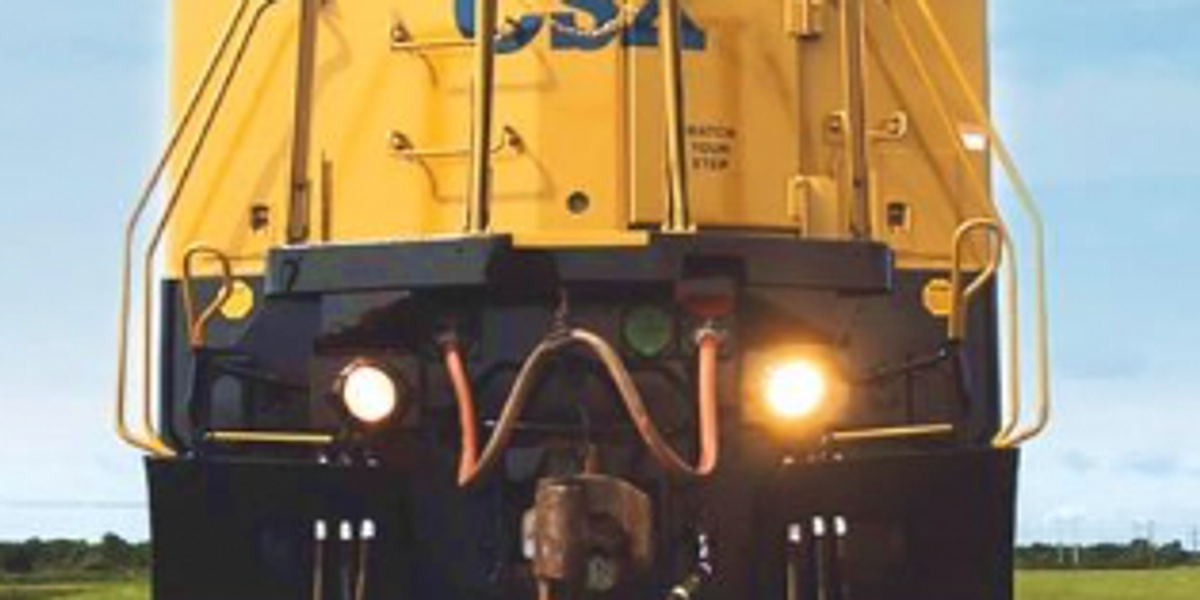One year after Hurricane Helene wreaked havoc across the American southeast region, the East Coast regional railroad CSX today said it had reopened its Blue Ridge Subdivision.
The storm’s wind and rain caused massive power outages throughout multiple states, triggering states of emergency for Alabama, Florida, Georgia, North Carolina, and South Carolina.
Following that harsh damage, Jacksonville, Florida-based CSX says it has now worked with partners to restore the key 60-mile corridor damaged by Hurricane Helene within the Blue Ridge Subdivision that carries more than 14 million tons of freight each year and connects Appalachian communities and businesses to the nation’s broader freight network.
According to CSX, the Blue Ridge Subdivision is one of four North-South routes in its network, serving not only local customers but also acting as a critical throughway for the entire system. Its restoration now strengthens CSX’s network resiliency, providing added capacity and flexibility to keep freight moving efficiently across the country.
“Restoring this vital freight corridor is a testament to resilience, recovery, and the power of partnership,” Steve Angel, President and CEO of CSX, said in a release. “This is a significant moment for CSX, for the communities of Tennessee and North Carolina, and for everyone who has worked tirelessly over the past year to ensure that freight rail is once again moving safely and reliably through the Nolichucky Gorge, making sure that CSX’s network emerges stronger than ever, and that it’s better positioned to serve customers, communities, and the national economy.”
Upgrades to the Subdivision include the rebuilt 530‑foot Poplar Bridge with a modern ballast‑deck design for better clearance and mitigating future potential weather impacts. Four out of the six original 95-foot spans were salvaged and reused, reflecting CSX’s commitment to sustainability. CSX also rebuilt the Devil’s Creek bridge which crosses the state line between North Carolina and Tennessee, reinforced key structures such as retaining walls, and upgraded drainage systems throughout the entire Nolichucky Gorge and in several locations outside of the Gorge.
Overall, the recovery effort included:
- Over 570,000+ man hours worked to restore the line (counting CSX employees, contractors, and suppliers).
- 1 million cubic yards of rock and material used to rebuild embankments and track beds.
- 575 rail piles and 1,150 precast concrete panels installed to construct a nearly one mile retaining wall south of Poplar.
- 21,000 cubic yards of concrete placed to strengthen structures.
- 35,500 linear feet of new track laid in the Nolichucky River gorge.


